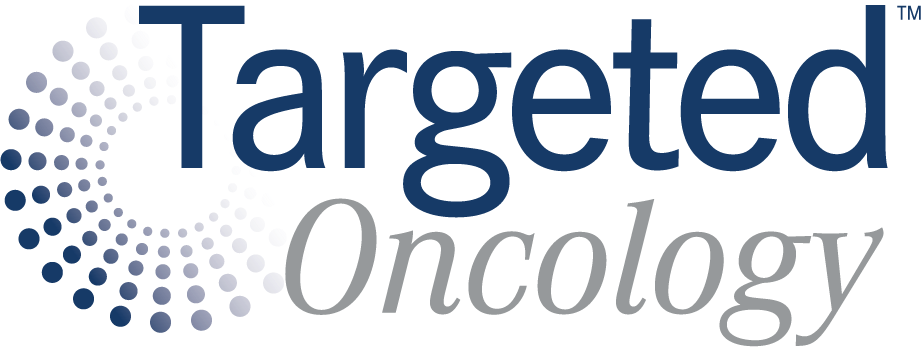FDA Backs Darovasertib Phase 3 Trial Design in Uveal Melanoma
Following a recent Type D meeting with the FDA, a phase 3 clinical trial design for darovasertib in primary uveal melanoma has been announced.
US FDA

- A successful Type D meeting between the FDA and IDEAYA Biosciences discussed the design of a phase 3 registrational trial evaluating darovasertib for primary uveal melanoma.
- Darovasertib is a potent and selective protein kinase C (PKC) inhibitor being developed as a neoadjuvant therapy for primary uveal melanoma.
- The planned phase 3 trial will evaluate the safety and efficacy of neoadjuvant darovasertib in patients with primary uveal melanoma.
Following a successful Type D meeting with the FDA, IDEAYA Biosciences announced a phase 3 registrational trial design to evaluate the safety and efficacy of darovasertib as neoadjuvant therapy for the treatment of patients with primary uveal melanoma.1
The planned phase 3 randomized trial aims to assess the safety and efficacy of neoadjuvant darovasertib in patients with primary uveal melanoma. The trial will enroll approximately 520 patients and will utilize a 2:1 randomization to the darovasertib treatment arm vs the control arm.
Initiation of the phase study is planned for the first half of 2025.
"The successful FDA type D meeting provides darovasertib a registrational path as neoadjuvant therapy for UM, using primary clinical endpoints of eye preservation and proportion of patients with vision loss, with no detriment to EFS [event-free survival] as a secondary end point required for both cohorts. Based on the promising clinical efficacy and safety observed with darovasertib in the neoadjuvant setting in over 90 patients and the recent breakthrough therapy designation by the US FDA, we are excited to advance the darovasertib program into our second registrational trial," said Darrin Beaupre, MD, PhD, chief medical officer, IDEAYA Biosciences, in a press release.
Extreme close-up of a melanoma: © mavis - stock.adobe.com

Darovasertib targets PKC, a serine/threonine kinase involved in various cellular processes, including cell proliferation, survival, and angiogenesis. Aberrant PKC signaling has been implicated in the pathogenesis and progression of uveal melanoma.1
Preclinical and early clinical data have suggested that darovasertib can exhibit antitumor activity in uveal melanoma. Darovasertib has already received breakthrough therapy designation from the FDA in March 2025, as neoadjuvant therapy in enucleation-recommended primary uveal melanoma and fast track designation for its combination with crizotinib (Xalkori) in metastatic uveal melanoma in December 2022.2 The FDA also granted the agent an orphan drug designation in May 2022.3
The trial will stratify patients into 2 cohorts based on their initial treatment plan. In the enucleation cohort (n = 120), patients will be randomly assigned to receive either neoadjuvant darovasertib followed by enucleation or enucleation alone.1 The primary end point for this cohort is the eye preservation rate, defined as the proportion of patients in the darovasertib arm who avoid enucleation. A statistically significant improvement exceeding the lower bound of a 10% eye preservation rate with a 95% confidence interval will be considered clinically meaningful.
In the plaque brachytherapy cohort (n = 400), patients eligible for plaque brachytherapy will be randomized to receive either neoadjuvant darovasertib followed by plaque brachytherapy or plaque brachytherapy alone. The primary end point for this cohort is the proportion of patients with best-corrected visual acuity loss of >15 letters from the time of randomization to the time of completion of plaque brachytherapy.
For both cohorts, event-free survival (EFS) will serve as a secondary end point. The FDA guidance indicates that no detriment to EFS (defined as overlapping confidence intervals between the treatment and control arms) is required for potential full approval in either cohort.
Additional secondary end points include overall response rate, defined as >20% ocular tumor shrinkage by product of diameters, proportion of patients with clinically significant macular edema, proportion of patients with 20/200 vision loss or worse, and proportion of patients with a reduction of >20% in the radiation dose delivered to key eye structures during plaque brachytherapy.
The selected dose for the registrational trial is 300 mg twice daily of darovasertib, based on prior clinical experience.
References:
IDEAYA Biosciences announces successful FDA type D meeting on phase 3 registrational trial design for darovasertib as neoadjuvant therapy for primary uveal melanoma. News release. IDEAYA Biosciences, Inc. April 14, 2025. Accessed April 14, 2025. https://tinyurl.com/4ust7fcr
IDEAYA Biosciences receives US FDA breakthrough therapy designation for darovasertib monotherapy in neoadjuvant uveal melanoma. News release. IDEAYA Biosciences, Inc. March 31, 2025. Accessed April 14, 2025. https://tinyurl.com/hfvdvcmr
IDEAYA Biosciences receives orphan drug designation for darovasertib, a PKC inhibitor, for the treatment of uveal melanoma. News release. IDEAYA Biosciences. May 02, 2022. Accessed April 14, 2025. https://bit.ly/3kzf33A









